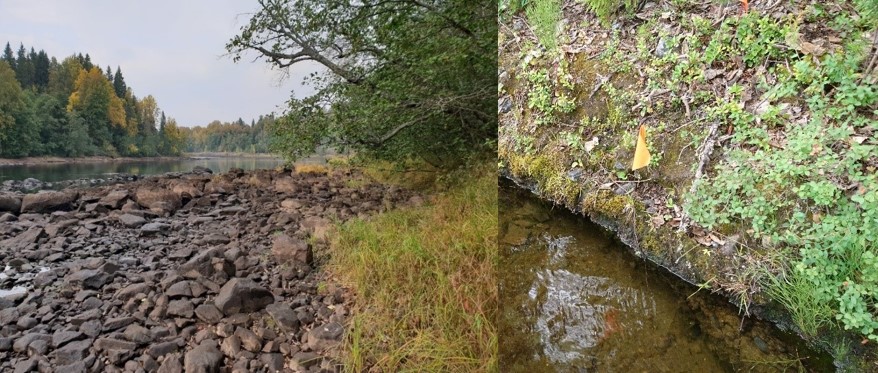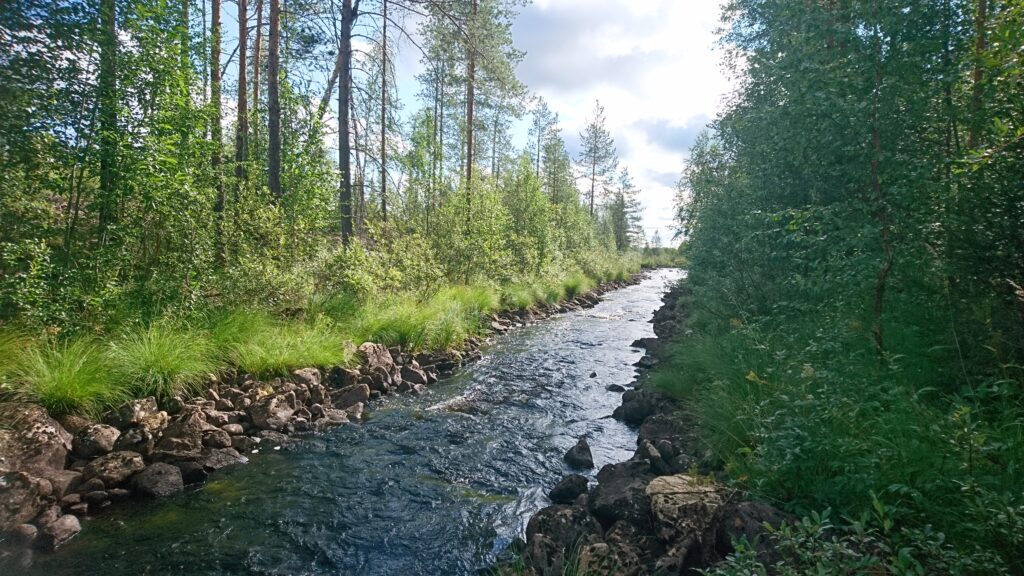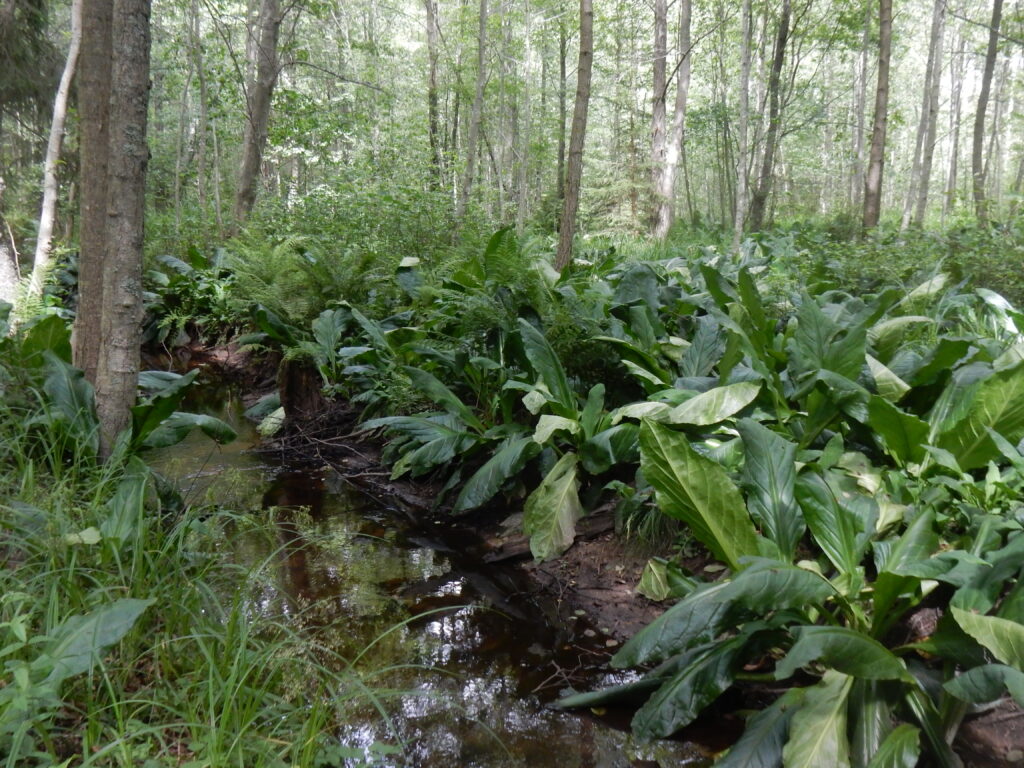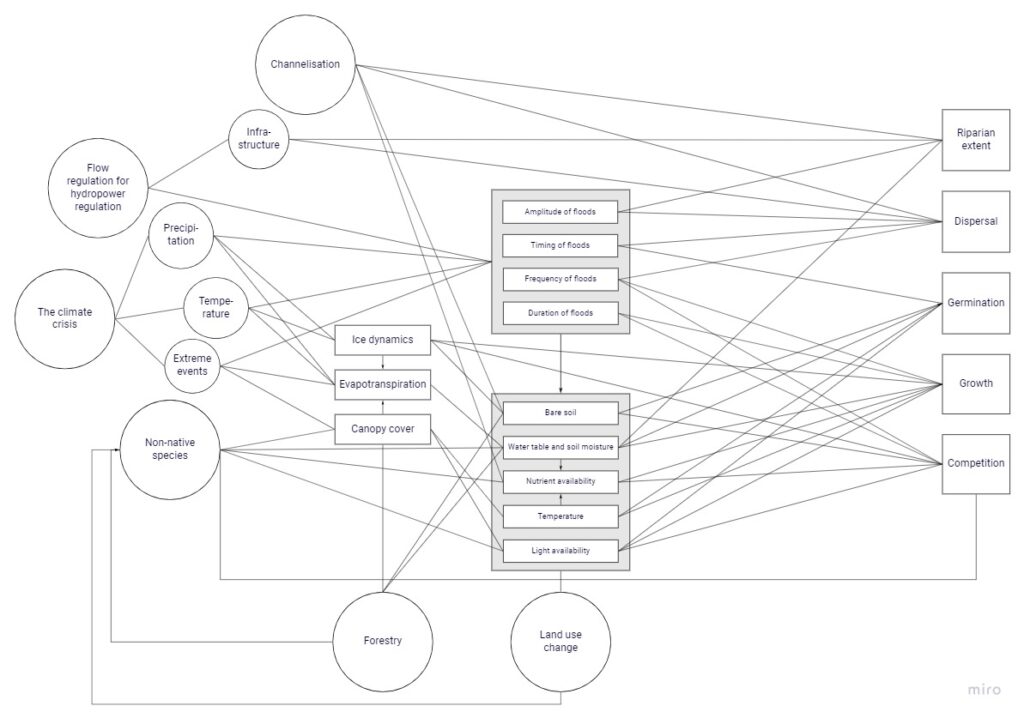Seminar up: “Ecology of the American eel (Anguilla rostrata) in a large tidal and hydropower regulated river”
Posted by Louis Addo | Seminar
Felix Eissenhauer, a PhD student at the University of New Brunswick, will be giving a seminar entitled “Ecology of the American eel (Anguilla rostrata) in a large tidal and hydropower-regulated river” over Zoom https://kau-se.zoom.us/j/65816884688 at 13:15 CET on December 5, 2023.
Felix’s work focuses on the ecology of the American eel in the Wolastoq River, a large tidal and hydropower-regulated river in Canada. He is studying how a hydropower dam affects the recruitment of eel elvers and using mark-recapture methods to assess their population size and demographics. Further, Felix uses acoustic telemetry to study the depth and thermal habitat use and the seasonal migration behaviour of yellow eels in the Wolastoq River.
You are welcome to join this seminar








